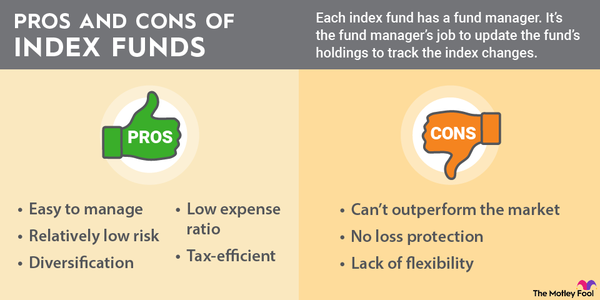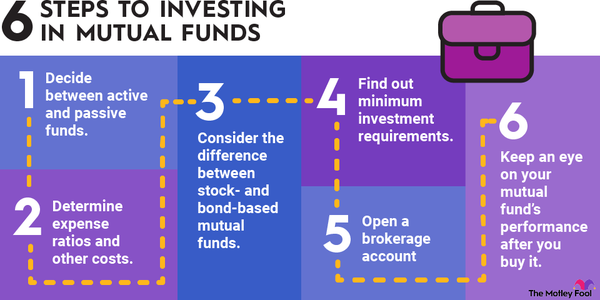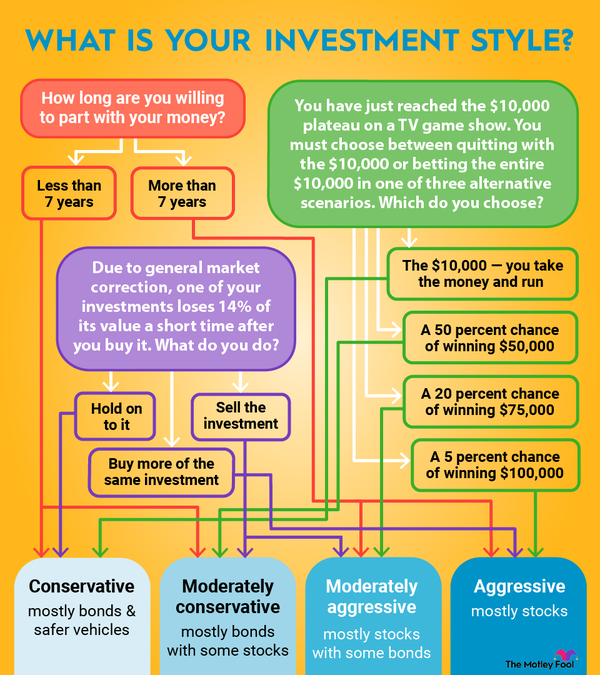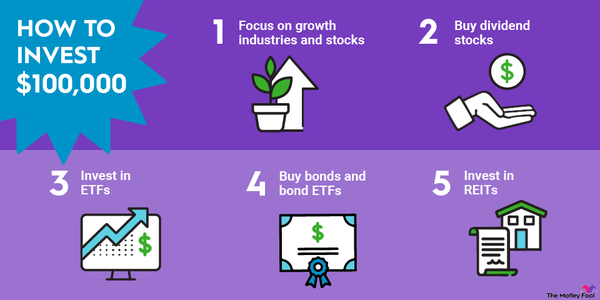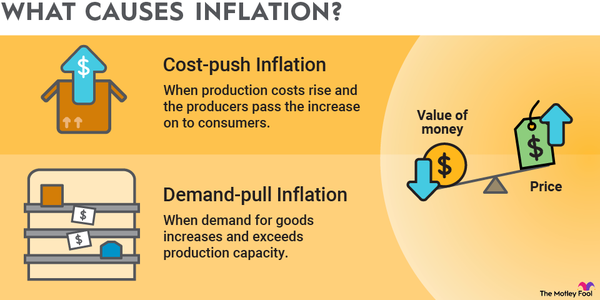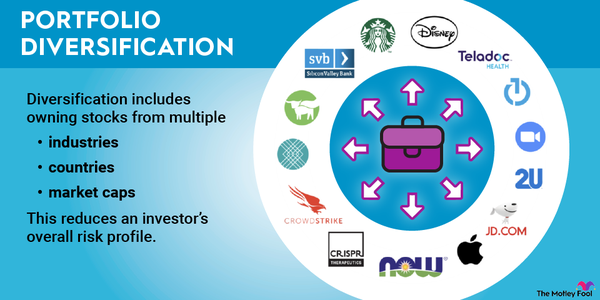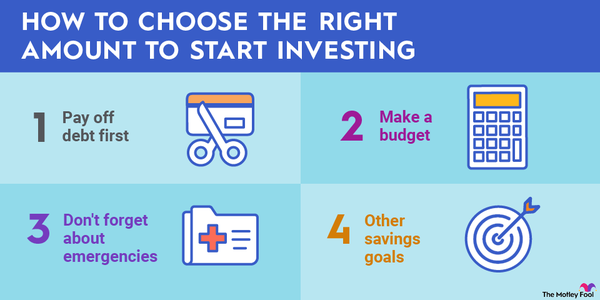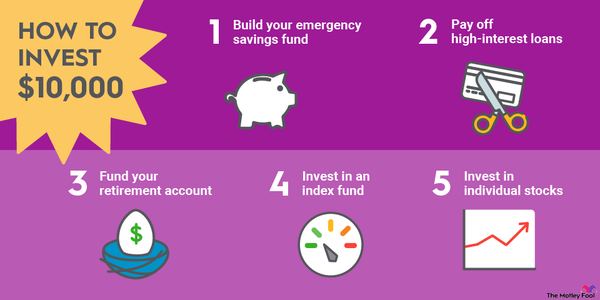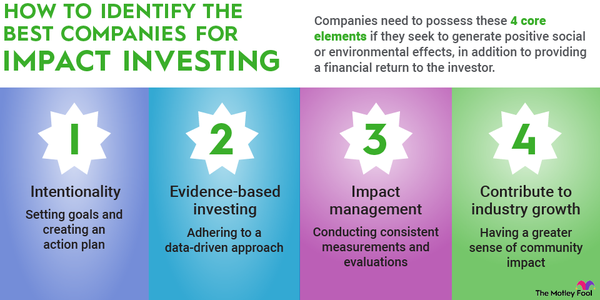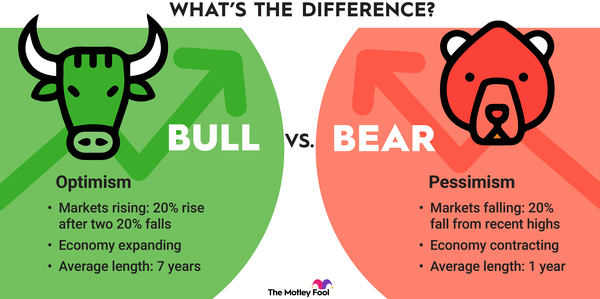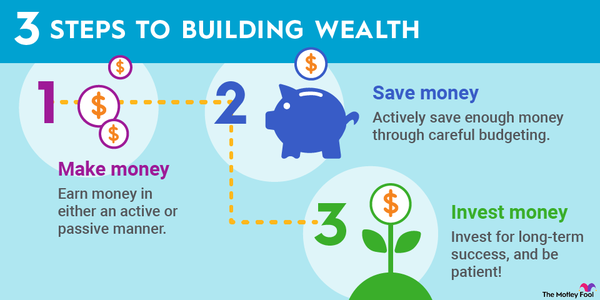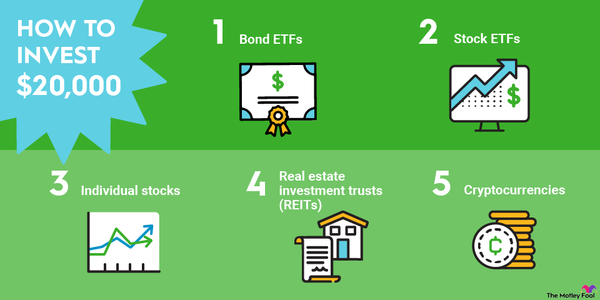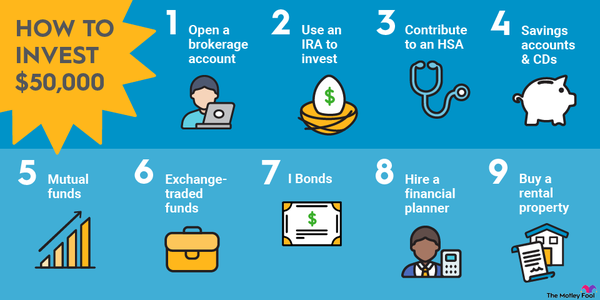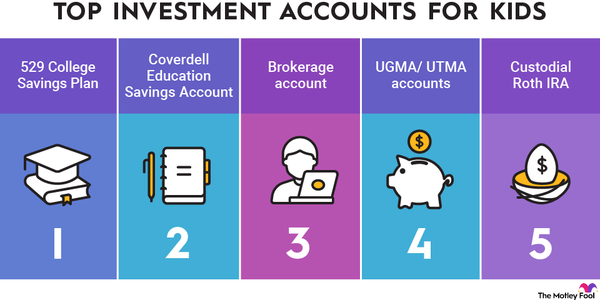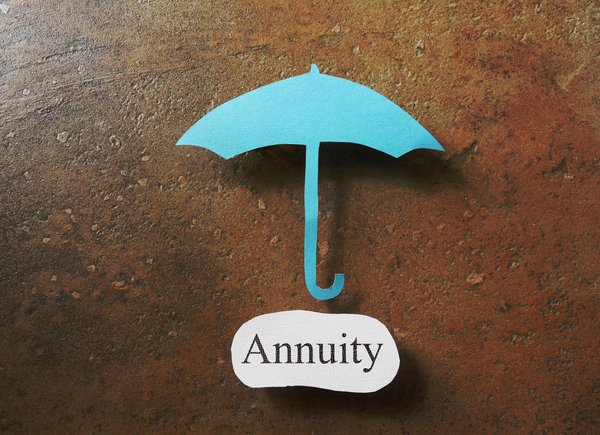First of all, congratulations! Investing your money can be an extremely reliable way to build wealth over time. If you're a first-time investor, we're here to help you get started. It's time to make your money work for you.
Before you put your money into the stock market or other investments, you'll need a basic understanding of how to invest your money the right way. Unfortunately, there's no one-size-fits-all answer here.
The best way to invest your money is the way that works best for you. To figure that out, you'll want to consider your investing style, your budget, and your risk tolerance.
How to invest money
- Identify your investing style.
- Determine your budget for investing.
- Assess your risk tolerance.
- Decide what to invest your money in.
Your style
1. Your style
How much time do you want to put into investing your money?
The investing world has two major camps when it comes to how to invest money: active investing and passive investing. Both can be great ways to build wealth as long as you focus on the long term and aren't just looking for short-term gains. But your lifestyle, budget, risk tolerance, and interests might give you a preference for one type.
Active investing
Active investing means taking time to research your investments and constructing and maintaining your portfolio on your own. In simple terms, if you plan to buy and sell individual stocks through an online broker, you're planning to be an active investor. To successfully be an active investor, you'll need three things:
- Time: Active investing requires lots of homework. You'll need to research stocks. You'll also need to perform some basic investment analysis and keep up with your investments after you buy them.
- Knowledge: All the time in the world won't help if you don't know how to analyze investments and properly research stocks. You should at least be familiar with some of the basics of analyzing stocks before you invest in them.
- Desire: Many people simply don't want to spend hours on their investments. And since passive investments have historically produced strong returns, there's absolutely nothing wrong with this approach. As Warren Buffett said regarding passive investing, "It isn't necessary to do extraordinary things to get extraordinary results." Active investing certainly has the potential for superior returns, but you have to want to spend the time to get it right.
It's also important to understand what we don't mean by active investing. Active investing doesn't mean buying and selling stocks frequently, it doesn't mean day trading, and it doesn't mean buying stocks you think will go up over the next few weeks or months.
Passive investing
On the other hand, passive investing is the equivalent of an airplane on autopilot. You'll still get good results over the long run, and the effort required is far less.
In a nutshell, passive investing involves putting your money to work in investment vehicles where someone else does the hard work. Mutual fund investing is an example of this strategy. Or you can use a hybrid approach. For example, you can hire a financial or investment advisor or use a robo-advisor to construct and implement an investment strategy on your behalf.
Passive investing
More simplicity, more stability, more predictability
- Hands-off approach.
- Moderate returns.
- Tax advantages.
Active investing
More work, more risk, more potential reward
- You do the investing yourself (or through a portfolio manager).
- Lots of research.
- Potential for huge, life-changing returns.
Your budget
2. Your budget
How much money do you have to invest?
You may think you need a large sum of money to start a portfolio, but you can begin investing with $100. We also have great ideas for investing $1,000.
Here's the point. The amount of money you're starting with isn't the most important thing. The big question is whether you're financially ready to invest and to invest frequently over time.
One important step to take before investing is to establish an emergency fund. This is cash set aside in a form, such as a savings account, that makes it available for quick withdrawal.
Most investments, whether stocks, mutual funds, or real estate, have some level of risk. You never want to be forced to divest (or sell) these investments in a time of need. The emergency fund is your safety net to avoid this.
Divest
Most financial planners suggest an ideal amount for an emergency fund is enough to cover six months' expenses. Although this is certainly a good target, you don't need this much set aside before you can start investing. The point is you just want to avoid having to sell your investments every time you get a flat tire or have some other unforeseen expenses pop up.
It's also smart to get rid of any high-interest debt (like credit cards) before starting to invest. Think of it this way: The stock market has historically produced returns of 9% to 10% annually over long periods. If you invest your money at these types of returns and pay your creditors 25% interest (the average credit card interest rate in early 2024), you'll put yourself in a position to lose money over the long run.
Your risk tolerance
3. Your risk tolerance
How much financial risk are you willing to take?
Not all investments are successful. Each type of investment has its own level of risk, but this risk is often correlated with returns.
It's important to find a balance between maximizing the returns on your money and finding a comfortable risk level. For example, high-quality bonds, such as Treasury bonds, offer predictable returns with very low risk but also yield relatively low returns of between 4% and 5% (as of early 2024), depending on the maturity term you choose and the current interest rate environment.
By contrast, stock returns can vary widely depending on the company and time frame. However, the overall stock market has historically produced average returns of almost 10% per year.
There can be huge differences in risk even within the broad categories of stocks and bonds. For example, a Treasury bond or AAA-rated corporate bond is are very low-risk investment. However, these will likely pay relatively low interest rates. Savings accounts represent an even lower risk but offer a lower reward.
Interest Rate
On the other hand, a high-yield bond can produce greater income but will come with a greater risk of default. In the world of stocks, the spectrum of risk between blue chip stocks, like Apple (AAPL -1.7%), and penny stocks is enormous.
One good solution for beginners is to use a robo-advisor to formulate an investment plan that meets your risk tolerance and financial goals. In a nutshell, a robo-advisor is a service offered by a brokerage. It will construct and maintain a portfolio of stock- and bond-based index funds designed to maximize your return potential while keeping your risk level appropriate for your needs.
What should you invest in?
4. What should you invest your money in?
How do you decide where to invest your money?
This is the tough question; unfortunately, there isn't a perfect answer. The best type of investment depends on your investment goals. But based on the guidelines discussed above, you should be far better positioned to decide what to invest in.
For example, if you have a relatively high risk tolerance, along with the time and desire to research individual stocks (and to learn how to do it right), that could be the best way to go. If you have a low risk tolerance but want higher returns than you'd get from a savings account, bond investments (or bond funds) might be more appropriate.
If you're like most Americans and don't want to spend hours on your portfolio, putting your money in passive investments, like index funds or mutual funds, can be a smart choice. And if you really want to take a hands-off approach, a robo-advisor could be right for you.
Related investing topics
The bottom line on investing
Investing money may seem intimidating, especially if you've never done it before. However, if you figure out how you want to invest, how much money you should invest, and your risk tolerance, you'll be well positioned to make smart decisions with your money that will serve you well for decades to come.
FAQ
How to invest money FAQ
How do I start investing money?
Before you start investing money, you need to determine your budget and risk tolerance. That is, are you willing to take on more risk for the potential of superior returns, or is your main priority to make sure you don't lose money?
Then, you can determine your investment style and decide whether you should buy individual stocks or use passive investment vehicles like exchange-traded funds (ETFs) or mutual funds. Once you've decided all of that and done some investment research, you can open a brokerage account and get started.
How do I invest my money to make money?
There are many ways you can invest money, including stocks, bonds, mutual funds, exchange-traded funds (ETFs), certificates of deposit (CDs), savings accounts, and more. The best option for you depends on your particular risk tolerance and financial goals.
How can a beginner make money investing?
There are several beginner-friendly ways to invest. You can open a brokerage account and buy passive investments like index funds and mutual funds. Another (even easier) option is to open an account with an automated investing app -- also known as a robo-advisor -- which will use your money to create an appropriate portfolio of investments.
Where can you invest money to get good returns?
Over time, the stock market has produced annualized returns of 9% to 10%, although performance can vary dramatically from year to year. On the other hand, fixed-income investments, like bonds, have historically generated 4% to 6% per year but with far less volatility.
How can I invest $1,000 to make more money?
There are plenty of ways to invest $1,000 to make more money. If you don't want to spend a ton of time researching and planning investments, opening an account with a robo advisor (an automated investment platform) or buying ETFs or mutual funds could be a smart way to go.
Alternatively, if you want to own individual stocks, $1,000 can be enough to create a diversified portfolio. That's especially so if your broker allows you to buy fractional shares of stock.
Matthew Frankel, CFP® has no position in any of the stocks mentioned. The Motley Fool has positions in and recommends Apple. The Motley Fool has a disclosure policy.











